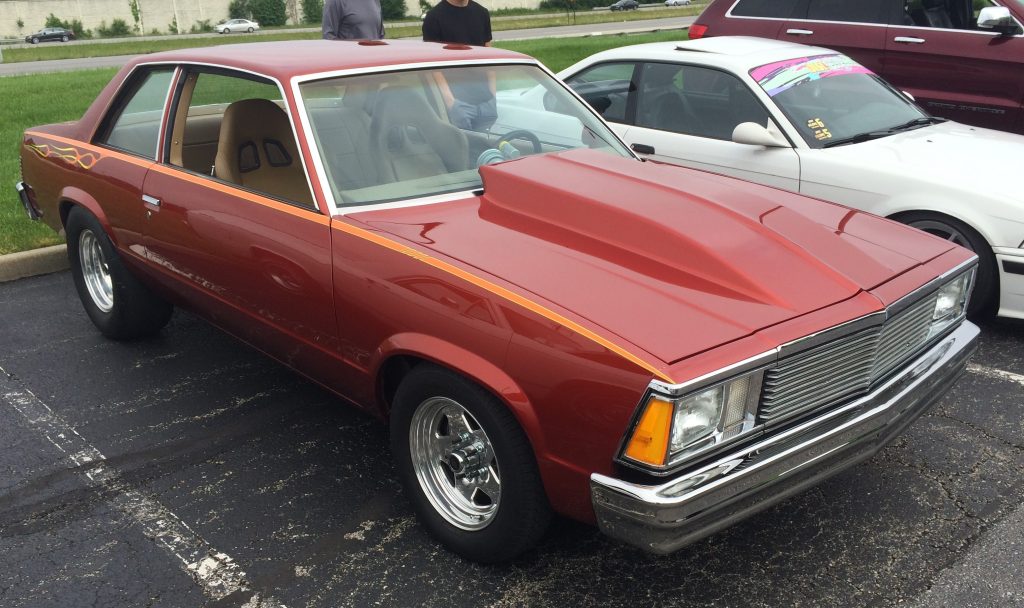Got questions?
We’ve got the answers—the Summit Racing tech department tackles your automotive-related conundrums. This week, we explore possible causes for drivetrain vibration:
Q: I have a vibration problem with my Chevy Malibu two-door. I replaced the 305 engine with a 355 that has a mild street cam, a Holley 750 with vacuum secondaries, and a Weiand X-celerator intake. The transmission is a Turbo 350 with a B&M Transpak and Holeshot converter. The rear axle is a 10-bolt with 3.73 gears.
Suspension-wise, we added new coil springs and shocks and replaced all the rubber bushings with Energy Suspension polyurethane bushings. We rebuilt the front suspension and had one coil taken out of the front springs to lower the car a little. We replaced the rear lower control arms with South Side Machine lift bars. We set the pinion angle between four and six degrees and had the driveshaft shortened by one inch. The driveshaft was balanced.
The vibration starts around 2,800 rpm, ends at 3,300 rpm, and comes back between 4,000 and 4,500 rpm. I have been given a lot of advice on how to solve the vibration problem. I was told to place tape on the driveshaft to see if it was out of balance, use motor plates to keep the engine from twisting, and replace the transmission input shaft, the converter, and the harmonic damper. I have had the wheels and tires balanced, too. A visual inspection does not reveal anything out of the ordinary.
R.M.

A: Based on the information you provided, there are several areas to recheck. One is pinion angle. You might try reducing it to around three degrees; you may have to replace the driveshaft with a stock length one as well. Other things to look for include a driveshaft yoke pulled too far out of the transmission or a cracked flexplate.

if you reused the 305 crank its a balance issue,305 crank exact same but balanced for lighter rotating